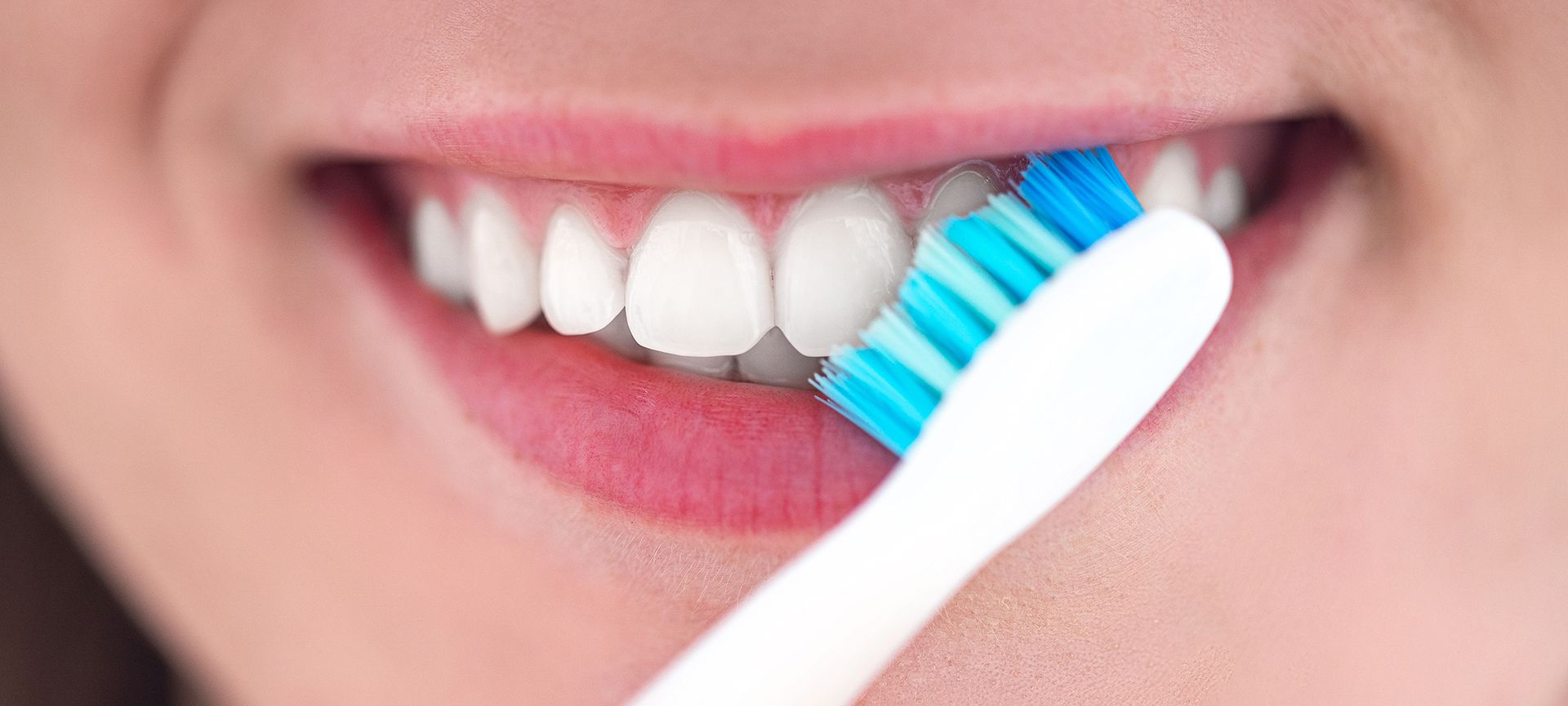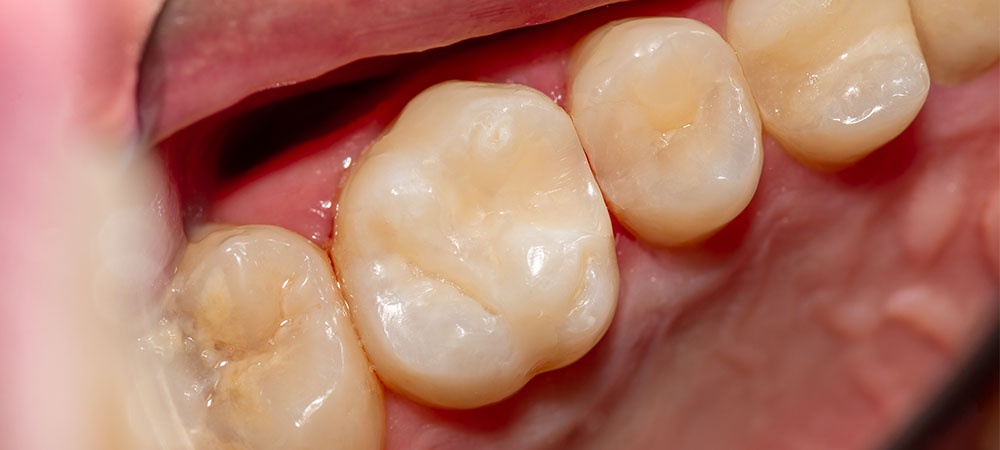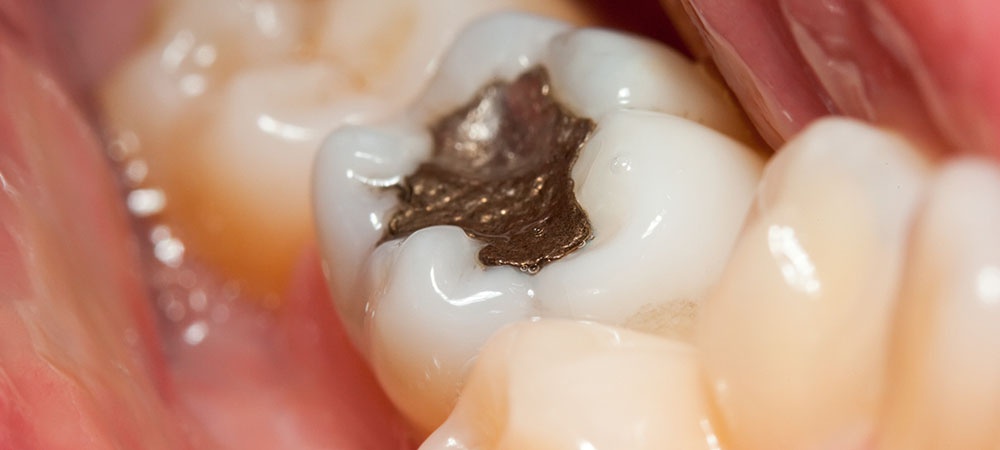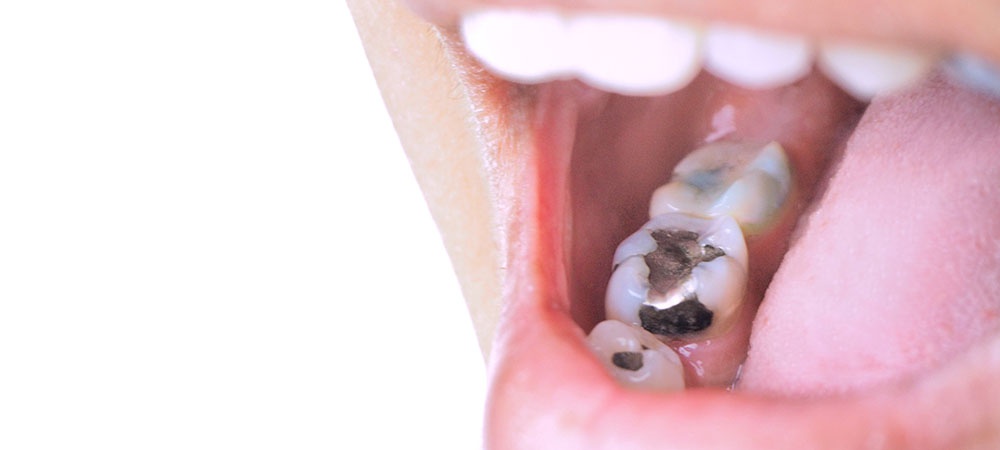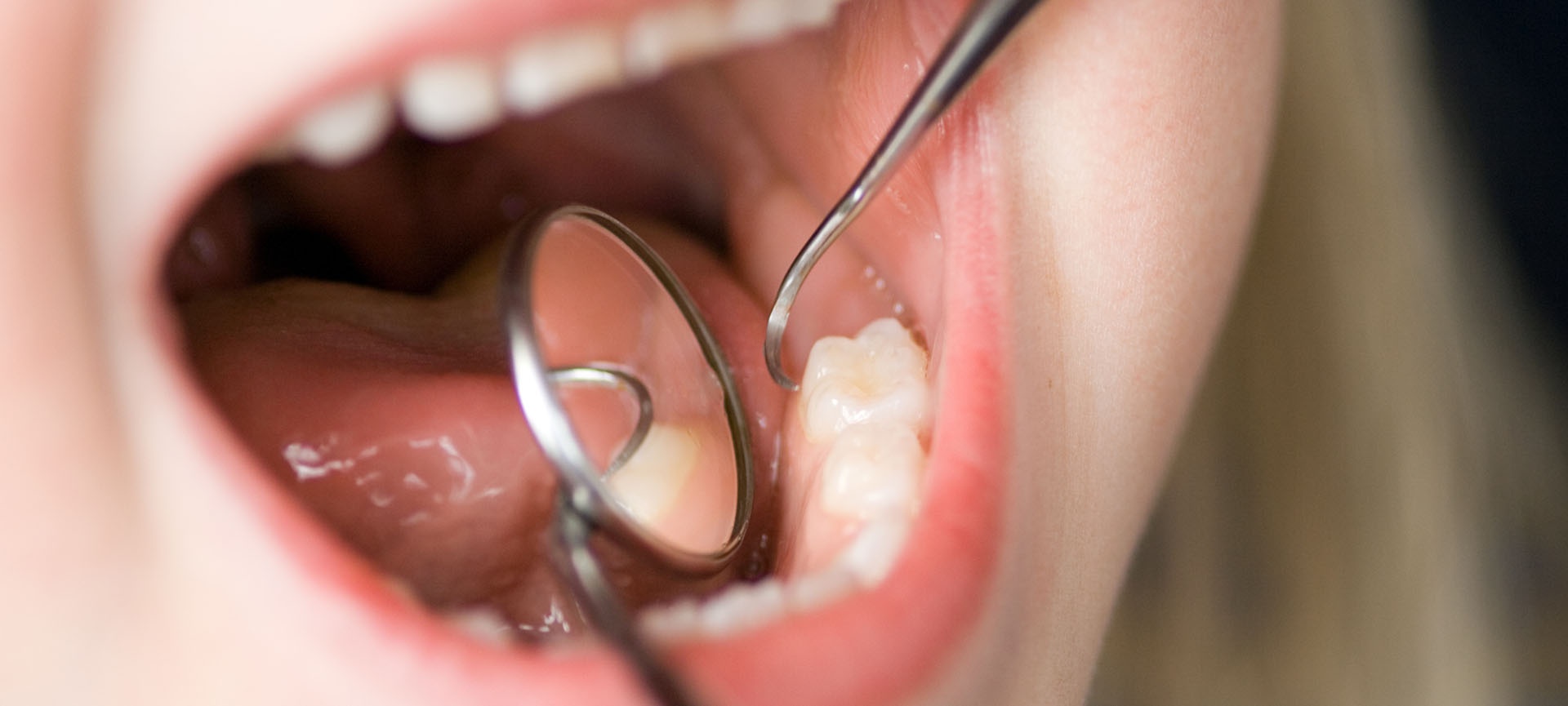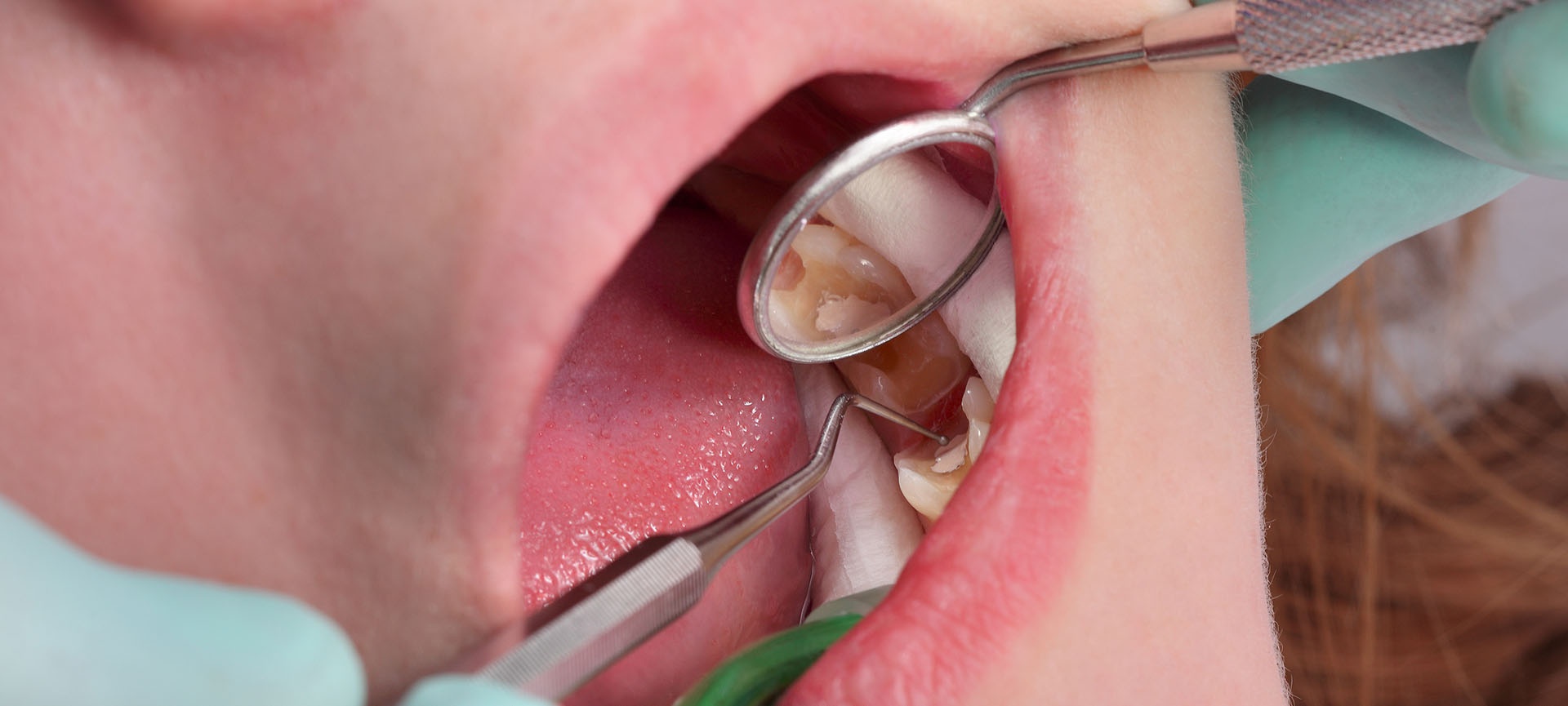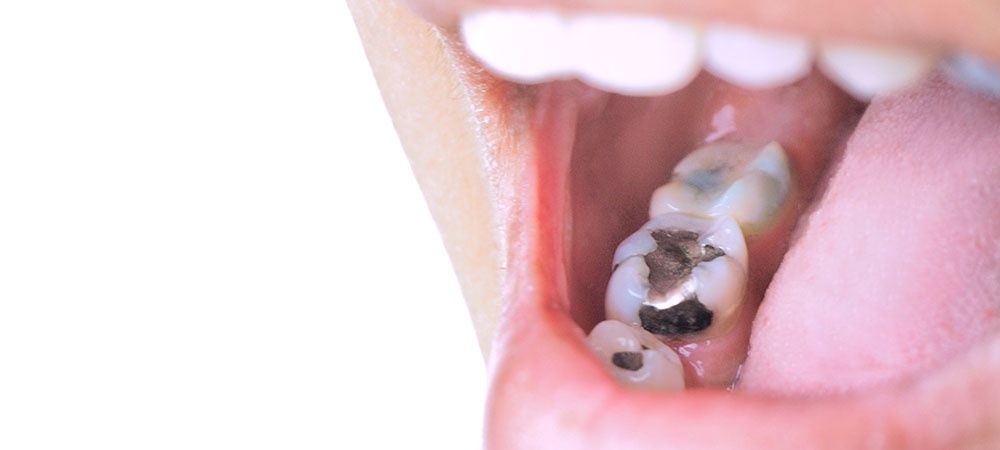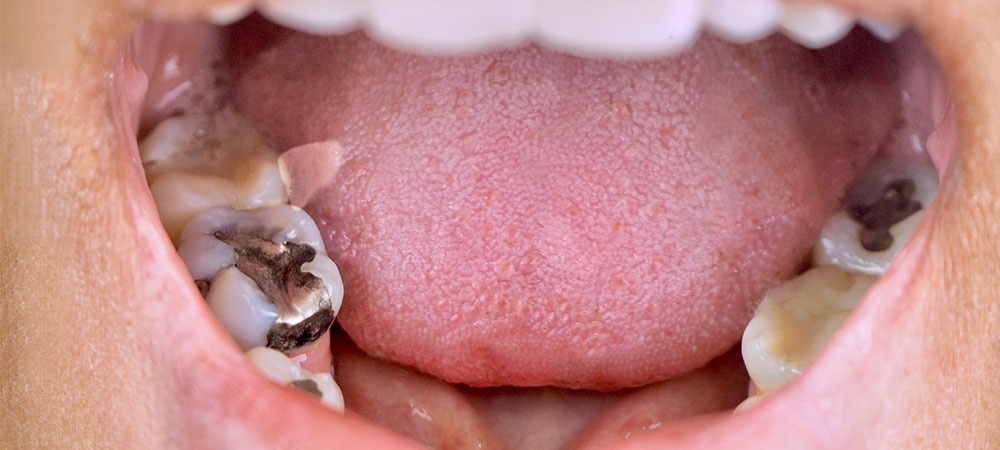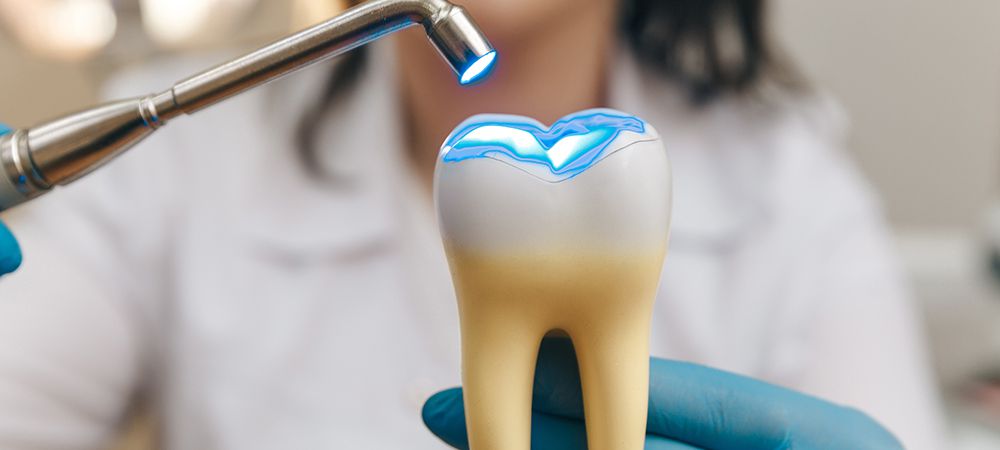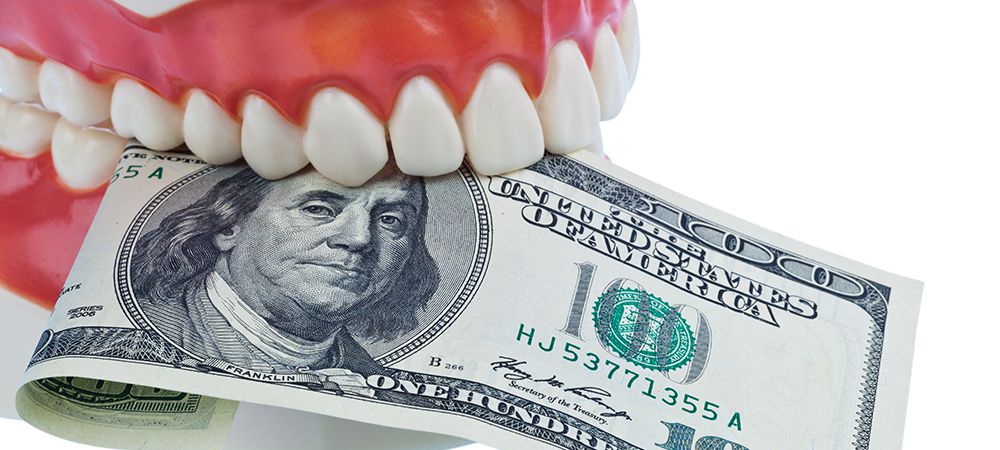Maintaining optimal oral health involves more than brushing alone. Although brushing remains integral to oral hygiene, preventive dentistry and dental treatments are crucial to reaching and maintaining a perfect smile.
In this blog post, we’ll delve into the significance of preventive dentistry as a component of optimal dental health.
More importantly, we’ll explore dental treatments beyond regular brushing, such as check-ups, professional cleanings, fluoride treatments and dental sealants.
By understanding all these aspects and personalizing your approach to dental care, you can proactively safeguard your oral health and avoid common dental issues altogether!
Preventive Dentistry Is Essential: Why You Need it
Preventive dentistry is essential to creating and maintaining a healthy smile, emphasizing practices and treatments designed to avoid dental problems before they develop.
A cornerstone of preventive care is regular dental check-ups; these appointments allow your dentist to conduct a comprehensive exam of your teeth, gums and overall oral health.
Your dentist can check for early signs of tooth decay, gum disease or other oral issues. They can make treatment recommendations and potentially avoid more extensive procedures down the road.
Preventive dentistry includes professional dental cleanings as an essential element. Unfortunately, despite our best efforts at home, plaque and tartar build-up over time leads to cavities and gum disease. Professional cleaning ensures these deposits are removed for a deep clean that would be difficult to achieve alone.
Furthermore, these sessions allow your dentist to identify areas of concern so they can offer personalized advice or targeted treatments accordingly.
Related Article: The Importance of Regular Dental Checkups: Preventing Cavities and Other Oral Health Problems
Preventive Treatments to Include in Your Dental Care Routine
In addition to daily brushing and regular dental visits, your dental routine should incorporate any of the following:
Fluoride Treatments to Strengthen Teeth
Fluoride, a naturally occurring mineral, plays a key role in maintaining strong tooth enamel and protecting against decay. Fluoride treatments are beneficial for people of all ages.
A concentrated fluoride solution applied directly to your teeth during a fluoride treatment helps promote remineralization and resistance against cavities, helping strengthen their resistance.
These preventive measures are especially vital if you have experienced cavities or poor oral hygiene habits. Regular fluoride treatments can fortify your defences further and add an extra layer of protection.
Sealants Provide Extra Protection Against Cavities
Dental sealants are an incredible weapon against cavities in hard-to-reach places, such as your back teeth. These thin protective coatings are typically applied to chewing surfaces where deep grooves and pits trap food debris and bacteria.
Dental sealants create an impenetrable barrier against decay. This preventive treatment offers additional protection to maintain healthy smiles over time — particularly useful for children and teenagers who may find maintaining consistent oral hygiene difficult.
Early Diagnosis and Treatment Advantages
Early detection and treatment are invaluable for maintaining optimal dental health. Regular dental check-ups allow your dentist to detect potential issues at their earliest stages.
For instance, a small cavity detected early can often be treated using simple filling rather than more extensive and costly procedures like root canals.
By attending to dental issues immediately, you not only save yourself pain and discomfort but may even avoid more extensive treatments that might cost more in the future.
Early diagnosis of oral health issues can provide a window into your overall well-being. Dentists can often identify signs of systemic diseases, such as diabetes, osteoporosis and certain cancers, by inspecting your teeth and gums.
By early detecting such conditions, you can seek appropriate medical help, improve overall health outcomes and potentially avoid further complications.
Maintaining optimal oral health
As part of maintaining optimal oral health, consistent oral hygiene practices are indispensable.
- Brush your teeth at least twice daily using fluoride toothpaste to cover all surfaces; brushing also removes bacteria and freshens your breath!
- Daily flossing removes plaque, food debris and plaque-causing bacteria between your teeth and along your gum line.
- Complement your regimen with an antibacterial or fluoride rinse for optimal oral hygiene results!
- Maintaining a balanced diet restricting sugary or acidic food and beverages further supports oral health efforts.
Related Article: What is it Called when a Tooth Needs a Root Canal Treatment?
Final Thoughts
Reaching optimal oral health takes more than simply brushing your teeth. By prioritizing preventive dentistry and personalized dental treatment; you can set yourself on the path toward lifelong healthy smiles.
Regular dental check-ups, professional cleanings, fluoride treatments and dental sealants offer invaluable protection and early intervention for your teeth and gums — especially when coupled with Lockwood Clinic’s cutting-edge preventive dentistry services and services in Toronto.
Take the first step to a lifetime of beautiful smiles. Call Lockwood Clinic now and embark on an extraordinary dental journey today!

